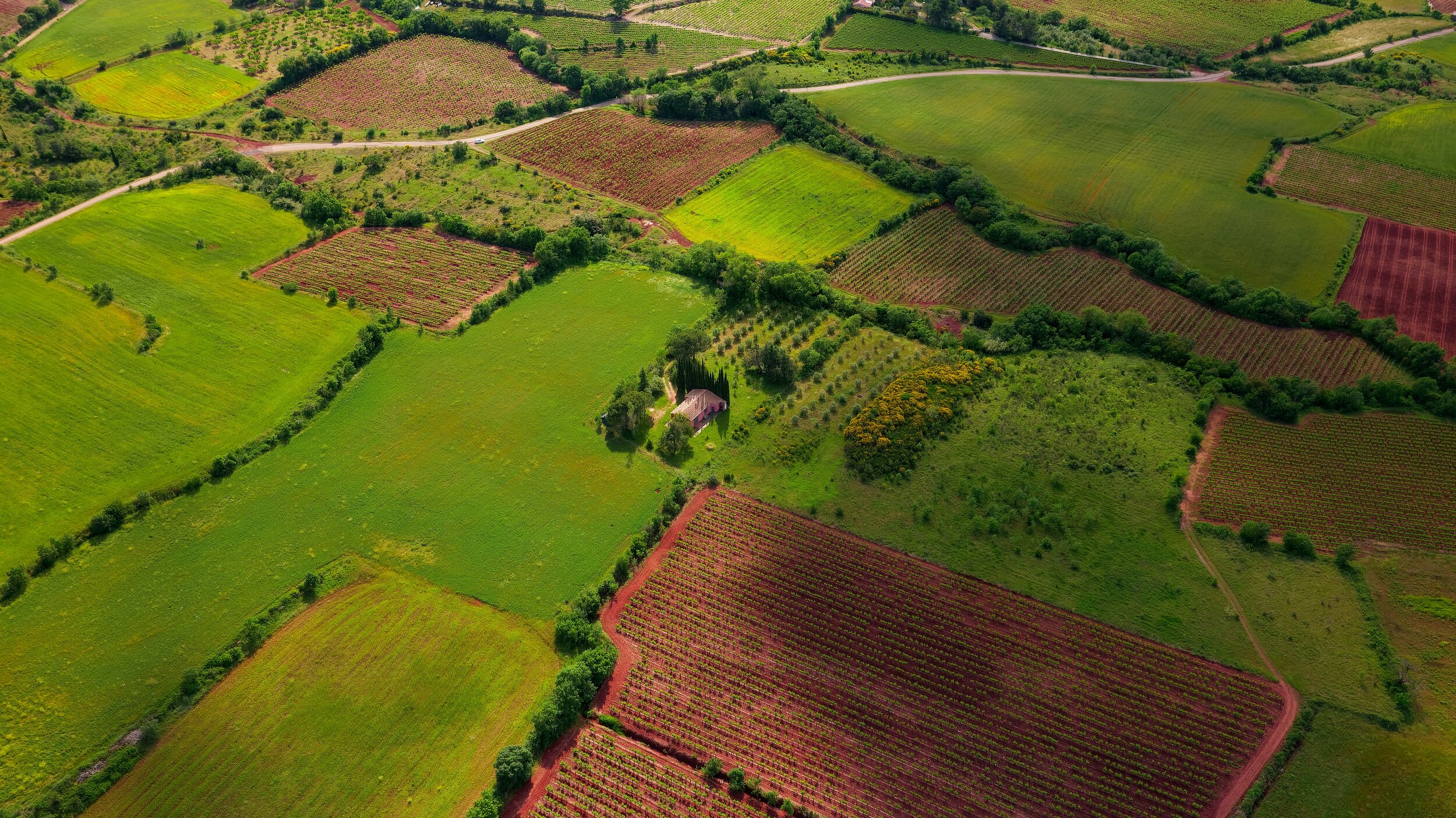
Partnerships Using Data to Create Impact
Data doesn’t create impact — people do. Land & Carbon Lab partners with diverse organizations to reach the decision makers we aim to support — from corporate leaders and policymakers to Indigenous Peoples and farmers. We engage to understand what information decision makers need and how best to deliver it to them. We collaborate to build tailored monitoring solutions based on our open-source data and technology platforms.
Land & Carbon Lab forms partnerships to create impact around the following shared objectives:
How can land and carbon monitoring data serve you?
Unlocking Finance for Nature
Billions of dollars are on the line for nature with burgeoning impact investment and voluntary carbon markets. But until land-related carbon stocks and flows can be tracked and managed like business financial flows on a balance sheet, the world risks climate finance sitting on the sidelines.
Collaborate with us to explore how Land & Carbon Lab’s independent monitoring data is being applied to unlock carbon markets and other financing for nature by building investor and stakeholder confidence in how on-the-ground results are measured, reported, and verified.
Photo credit: Peter Irungu/WRI
Restoring Degraded Land
Forest and landscape restoration has been identified as one of the most promising nature-based solutions for climate change. When done right, nature-based solutions have the potential to deliver significant carbon sequestration at relatively low costs.
Nations around the world have committed to restoring over 210 million hectares of degraded land by 2030, and there is growing investor interest in helping achieve that goal. Yet both investment and implementation are falling short of ambition. A key obstacle is the difficulty of measuring and monitoring where restoration — locally or globally — is leading to impact for communities and the planet.
Collaborate with us to explore how Land & Carbon Lab is designing cost-effective solutions to help people restoring land — including entrepreneurs, community organizations, policymakers, and investors — monitor, report and verify their progress, from local to global scales.
Photo credit: Sabin Ray/WRI
Greening Commodity Markets
Companies with supply chain commitments — including greenhouse gas emissions reduction targets and deforestation and conversion-free pledges — now have a total market capitalization of over $1 trillion. These companies, including major financial institutions, are increasingly looking to the agriculture, forestry, and land sector to reduce emissions and increase carbon removals in support of their climate strategies.
Collaborate with us to explore how Land & Carbon Lab is designing and scaling monitoring solutions that enable companies, and financiers to credibly quantify and demonstrate progress towards emissions reduction and conversion-free goals.
Photo credit: Natasha Ferrari/WRI
Empowering Indigenous Peoples and Local Communities
Indigenous Peoples and other local communities hold and manage more land than any other group of people or institution — as much as 50% of the world’s land by some estimates. Yet most of this land lacks legal recognition or title by national governments, making it vulnerable to expropriation by powerful interests with significant poverty and inequity implications.
Collaborate with us to explore how Land & Carbon Lab is ensuring that Indigenous Peoples and local communities have access to monitoring data and technology tools that will help them secure their rights, protect their lands and natural resources, and gain access to climate finance.
Photo credit: Marlon del Aguila Guerrero, CIFOR/Flickr
Combating Deforestation
Forests are disappearing at an alarming rate, despite decades of international ambition and effort to combat deforestation. In 2020, over 4.2 million hectares of tropical primary forest were lost. The resulting carbon emissions were equivalent to the annual emissions of 570 million cars, more than double the number of cars on the road in the United States.
Collaborate with us to explore how Global Forest Watch and its network of partners are providing forest defenders — Indigenous Peoples and other local communities, advocacy and conservation organizations, journalists, law enforcement personnel, etc. — with data and tools needed to rapidly identify and respond to forest threats.
Strengthening Land Use Policy and Planning
Governments face critical decisions about the allocation and use of public and private lands as they strive to support their population and grow their economies while also meeting their sustainable development and climate goals. Because the amount of land is finite, these decisions imply trade-offs — utilizing land for one type of use has consequences for its ability to serve other uses.
Collaborate with us to explore how Land & Carbon Lab is providing policymakers with best-in-class geospatial data, analyses, and decision-support tools to strengthen land use policy and planning from community to national scales.
Photo credit: Sabin Ray/WRI












